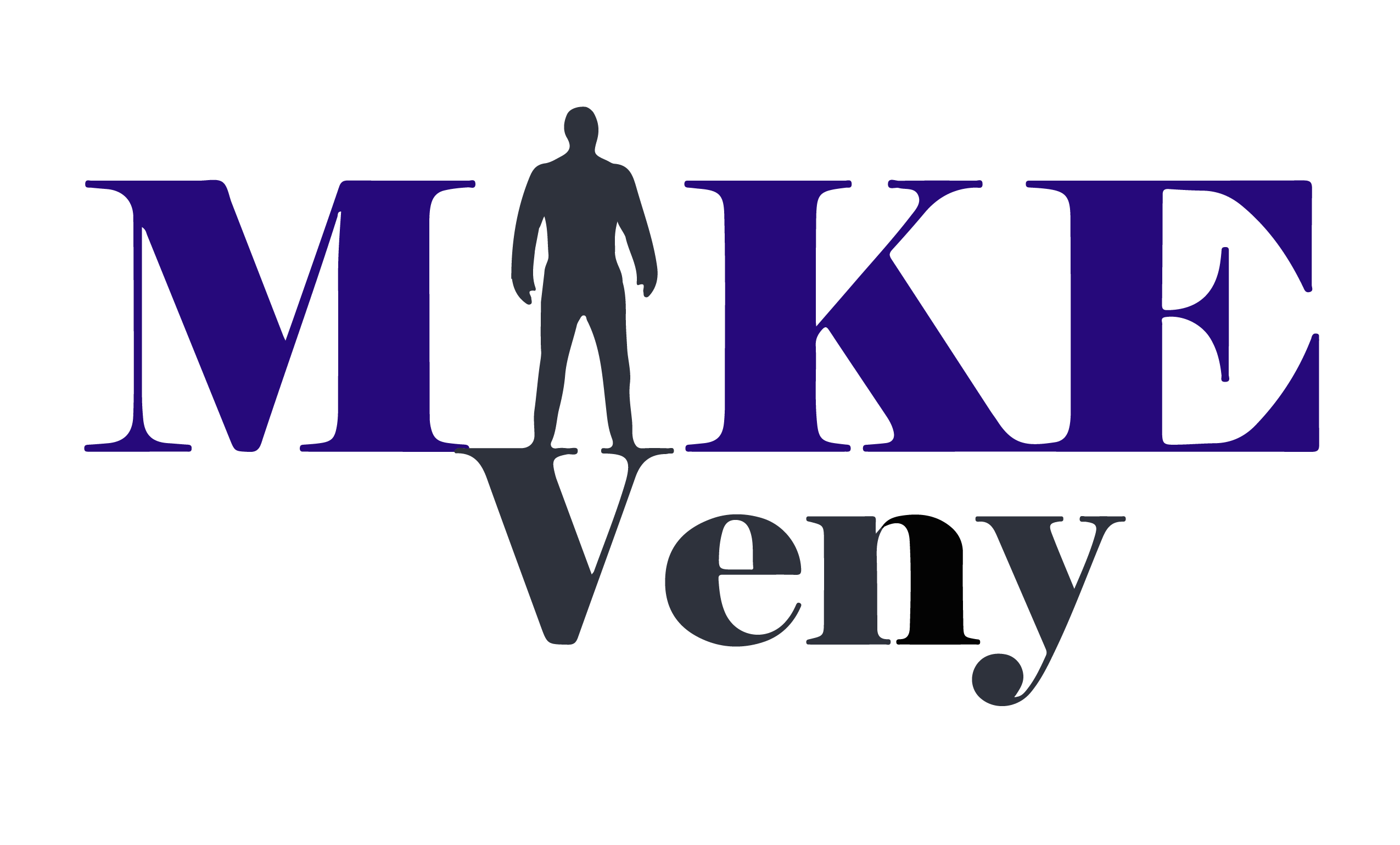We’ve all been there before – stuck in a long, unproductive meeting that feels like it’s going nowhere. Not only are these meetings a waste of time, but they also cost businesses money in terms of lost productivity. A recent study found that the average worker spends 31 hours in unproductive meetings each month. That’s nearly an entire workweek!
So what makes a meeting unproductive? There are several factors, but one of the most common is poor planning. All too often, meetings are scheduled with a clear purpose or agenda. As a result, they quickly devolve into chaos as everyone tries to get their point across. Another common problem is allowing too many people to attend the meeting. This can lead to side conversations and distractions, making it difficult to focus on the task. In addition, some meetings lack structure, with no one taking the lead or facilitating the discussion.
Unproductive meetings can have severe consequences for businesses. Not only do they waste valuable time and resources, but they can also lead to confusion and decreased morale which can have devastating effects on employee engagement and productivity. In addition, the cost of hosting these meetings can eat into a company’s budget and cripple a growing company financially.
If you are interested in more information, please look at the following infographic. The infographic shows unproductive meetings’ impact on businesses’ productivity and finances and also discusses alternative approaches for more effective meetings. Check out the infographic to learn more.
Infographic Design By Unproductive meetings




